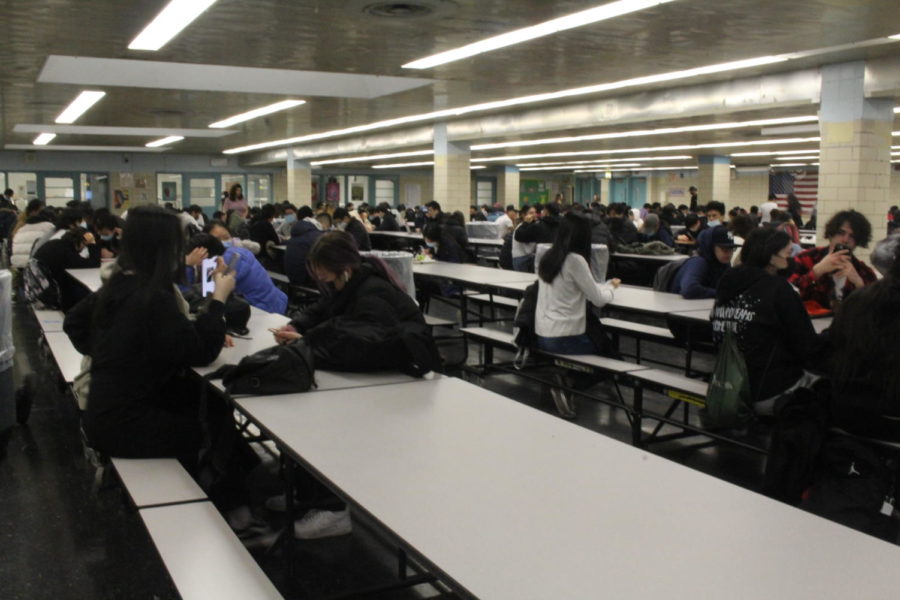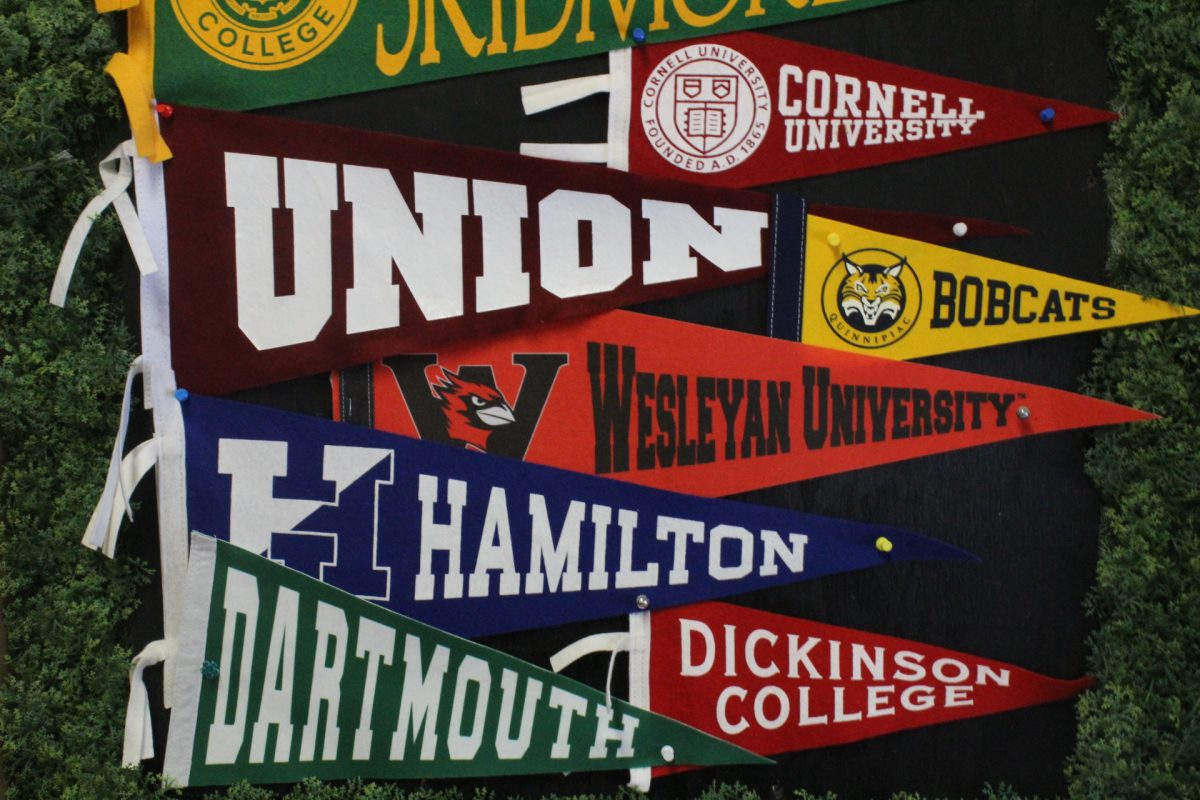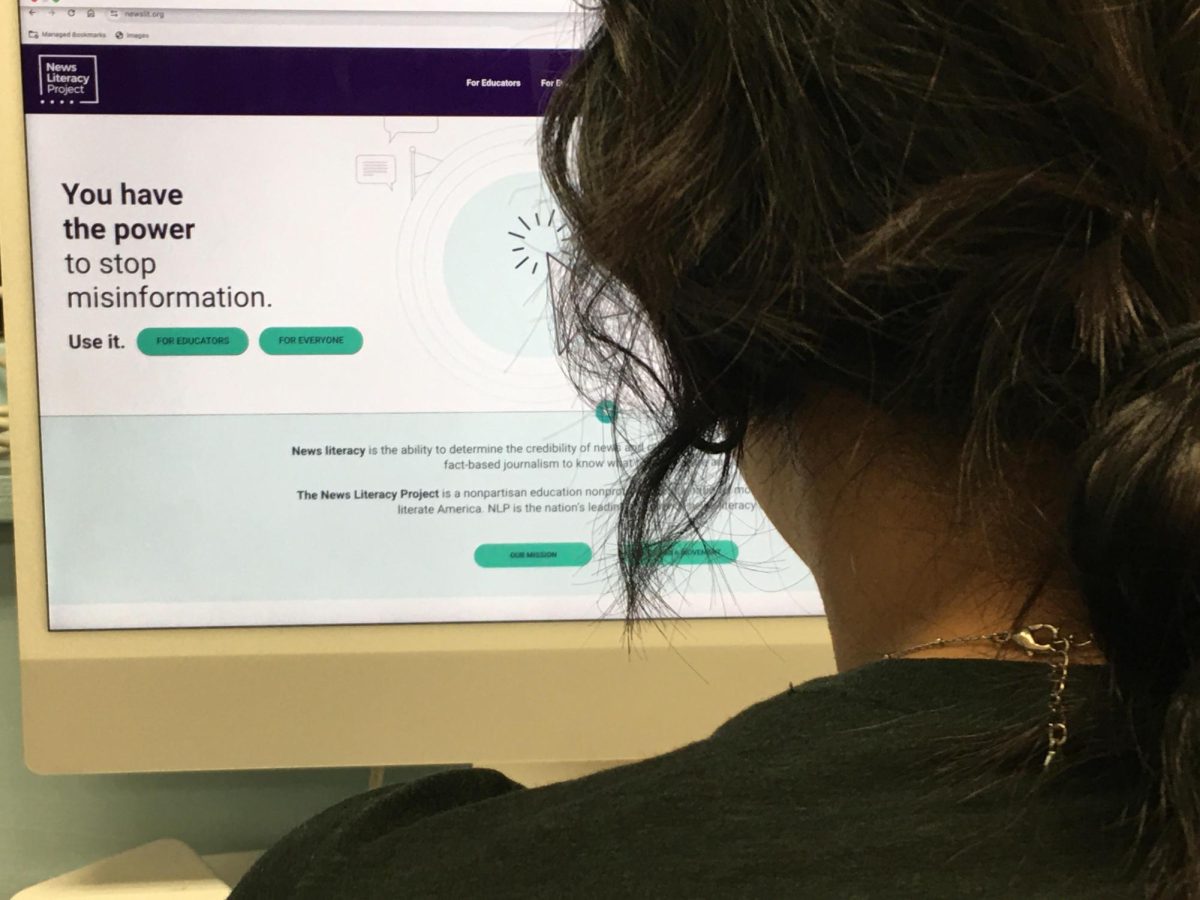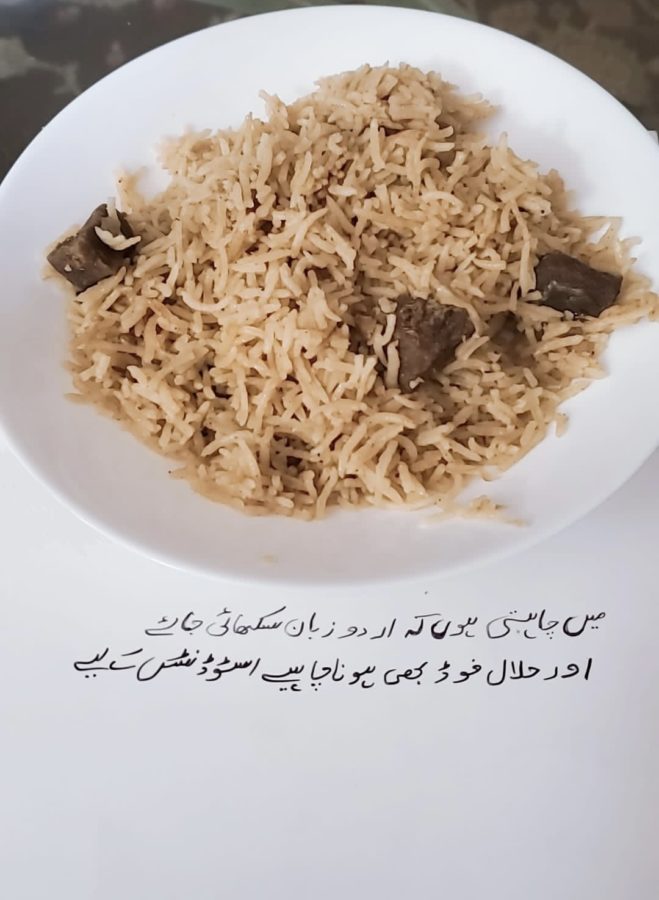School lunchrooms offer numerous options for students, including vegetarian and vegan options. While there are many options for these diets, there are barely any for those who are gluten-free, more specifically celiacs.
Celiac is an autoimmune disease that requires a strict gluten-free diet, as your body fights against any gluten intake. This gluten-free diet doesn’t only focus on consuming gluten-free food but also centers around no contact between gluten-free items and food that has gluten as it increases the risk of cross-contamination.
About 1 in 133 Americans have celiac disease but only about 3% have been diagnosed, leaving close to 2.1 million people undiagnosed. Unlike other diseases, individuals who suffer from celiac have different symptoms, either extreme or “latent” reactions and each individual’s symptoms can vary from one another. A “normal” person consumes about 10-40 grams of gluten per day, a protein found in rye, barley, and wheat. In contrast, only 10 milligrams, which equates to a speck, of gluten can trigger weeks’ worth of symptoms for someone with celiac, damaging their small intestine.
As a person recently diagnosed with celiac, the options the school cafeteria offers often don’t apply to my dietary needs. For instance, a salad may be gluten-free, but with the added ingredient of chicken tenders, covered in breadcrumbs, the salad has become “contaminated.” It is not as simple as taking the chicken tenders out as once it has touched the lettuce, the product is not considered celiac-safe and can cause a negative bodily reaction.
According to the guidelines in the New York City Education Department Child Nutrition Knowledge Center (NYSED), patients who suffer from celiac disease should engage in a life-long elimination of gluten products. As they state, “This not only includes the digestion of these foods but also preventative measures in food storage and preparation to ensure that no cross-contamination with gluten items has taken place.”
Even if there were gluten-free options served in the cafeteria, the added contamination component makes me uncertain and fearful. There are so many different layers that others don’t think about such as changing gloves, having separate toasters and utensils, different fryers, and a designated space for the preparation of these meals, which are needed to ensure safety for students with celiac.
Even options offered in the Student Office (SO), such as common chips that everyone loves like Doritos, Lays, and Rice Crispies, don’t apply to those who are celiac or even gluten intolerant. I have learned that you always have to have a go-to snack with you just because the probability of finding a safe meal or snack isn’t always guaranteed.
Beyond Celiac developed a “Back to School Guide” where they gathered research, tips, and tricks to make the “gluten-free school years as easy as possible.”
“Living with celiac disease as a child creates unique challenges for both the child and the people who love them,” Beyond Celiac stated in their guide. “With the school-aged years being the most formative, it’s important to make sure kids are kept safe from gluten exposure so they can be healthy and happy, both academically and socially. Beyond Celiac is here to help make the gluten-free school years as easy as possible for you and your child.”
When contacting NYC Public School’s Office of Food and Nutrition Services (OFNS), they clarified how to figure out which items served in your cafeteria can cater to your dietary needs.
“Some menu items that are inherently gluten-free are milk, yogurt, cheese, fresh fruit, and fresh vegetables. We provide allergen information for all food items served in our schools through documentation from vendors and manufacturers,” Nelson Quiles, Chief of Staff of the OFNS said when asked if there are any gluten-free items in NYC public schools. “This includes details about allergens present in the food itself or at the production facility where the food is prepared. Product and nutrition labels are available upon request.”
Quiles then details how parents and students with celiac or gluten intolerance can access a specialized gluten-free menu “through a 504 process. ”
A 504 plan is offered to students with disabilities, including celiac, requiring NYC public schools to offer accommodations based on the student’s disability. The OFNS clarified the basic process of requesting a 504 plan with your school,
“For students with gluten-intolerance or Celiac disease, an accommodation is required by submitting a Medical Accommodation Request Form (504 Request) to the 504 Coordinator,” Quiles said. “[Office of Food and Nutrition Services] Registered Dietitian-Nutritionists will work with the school 504 Coordinator and [Office of Food and Nutrition Services] kitchen team to create a specialized menu for students who cannot consume gluten.”
The DOE also addressed the food allergen information with the NYC Schools Menu.
“We want to ensure that your child receives the best care possible at school,” the DOE stated on their website. “We take allergies, food safety, and student health very seriously. All food items can be supported with product documentation from vendors and/or manufacturers regarding allergens present within the food itself or at the facility level.”
It’s time to for schools to start thinking about students with celiac disease. No one should have to choose between their health and having a meal at school. If you’re struggling with gluten-free options, talk to your school’s 504 Coordinator, ask about accommodations, and reach out to the Office of Food and Nutrition Services. (Email: [email protected]) The more we speak up, the more likely things will change.









